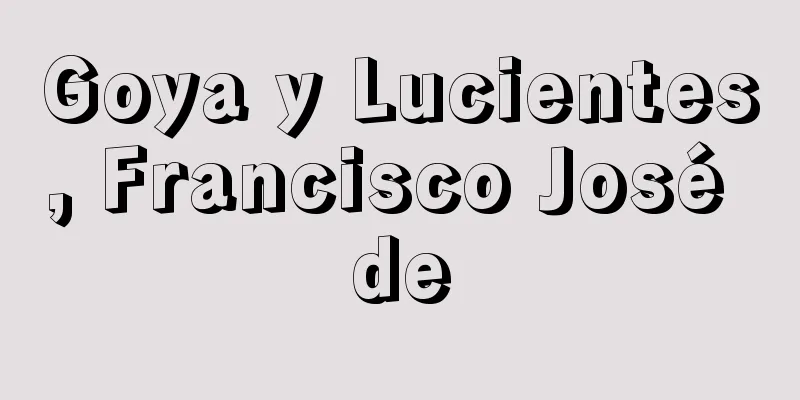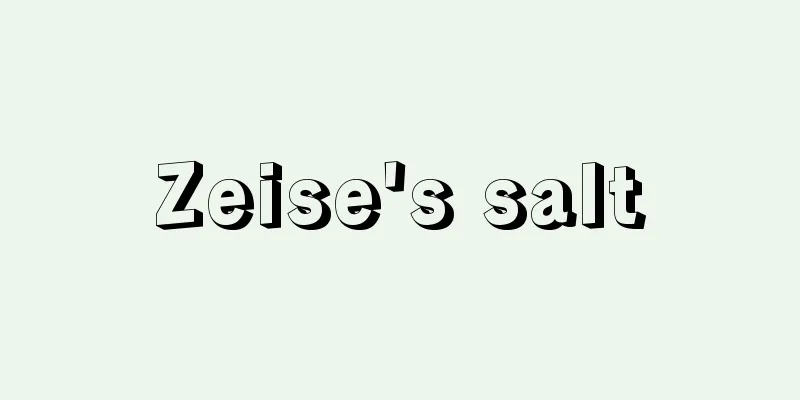Colombia (English spelling)

|
Official name: Republic of Colombia. Area: 1,141,748 km2 . Population: 45,746,000 (2013 estimate). The capital is Bogotá (formerly known as Santa Fe de Bogotá). A country occupying the northwest corner of South America. It faces the Pacific Ocean to the west and the Caribbean Sea to the north, and shares a border with Panama at its northwestern tip, which separates the two oceans. From east to south, it is surrounded by Venezuela, Brazil, Peru, and Ecuador. Its topography is roughly divided into the Andes Mountains in the northwestern half and the lowlands in the southeastern half. The Andes Mountains, which run along the Pacific coast of South America, are divided into three mountain ranges in the northernmost part of Colombia, the Western, Central, and Eastern, by the north-flowing Cauca and Magdalena Rivers. The Central Mountains are the highest, with high peaks over 5,000 meters above sea level, such as Mount Huila and Mount Tolima. A wide coastal lowland has developed along the Caribbean coast. The vast lowlands that spread southeast of the Andes Mountains are divided in two by the Guaviare River, a tributary of the Orinoco River, and the north is a tropical grassland called the Llanos of the Orinoco River basin, and the south is a tropical rainforest in the upper Amazon River basin. Located in the equatorial zone, it generally has a tropical climate with high temperatures all year round, but in mountainous areas, a vertical climate develops, and major cities, including the capital, are concentrated on mountain slopes and plateaus at altitudes of 1,000 to 3,000 meters, which show a temperate climate. There are rainy and dry seasons, but the timing and annual precipitation vary greatly by region. Before the Spanish arrived and conquered the area in the 16th century, Latin American Indians (Indians) such as the Caribs and Chibchas lived here, but after that, intermarriage between the Spanish and the blacks brought as slaves (→black slaves) progressed, and today about 60% of the population is of this mixed race. Pure Indians are few, about 1%. The official language is Spanish. Freedom of religion is guaranteed, but more than 80% of the population is Christian Catholic. Agriculture is the main industry, and coffee, which is the most important export crop, is one of the world's leading producers. Other major crops include bananas for export, flowers, sugarcane, tobacco, and staple foods such as corn, rice, wheat, and potatoes. Livestock farming, mainly cattle breeding, is also important. Mineral resources are abundant and diverse. Major mineral products include natural gas, oil, coal, gold, silver, platinum, and emeralds. The country is particularly rich in gold, ranking among the top producers in South America, and the largest producer of emeralds in the world. The country is blessed with abundant forest resources and many useful trees, but most of them are undeveloped. The industry is centered on light industry, such as food, chemicals, and textiles, which produces consumer goods, but metal processing, automobile assembly, and petrochemicals are also well developed, and in the early 1990s it surpassed agriculture to account for 20% of the country's gross domestic product (GDP). On the other hand, it is estimated that the smuggling of cocaine is twice the amount of coffee exports, and has become an international problem (→ Drug problem). The Revolutionary Armed Forces of Colombia, a communist armed group that has threatened Colombia's security along with drug cartels, began peace negotiations with the government in the 2010s. In the Andean region, where more than 80% of the population lives, the transportation network is relatively well developed by rail, road, waterway, and air, but in the lowlands of the southeastern half of the country, there are only a few roads, and transportation is mainly by water and air. (→ History of Colombia) Columbia |
|
正式名称 コロンビア共和国 República de Colombia。 面積 114万1748km2。 人口 4574万6000(2013推計)。 首都 ボゴタ(旧称サンタフェデボゴタ)。 南アメリカ北西隅を占める国。西は太平洋,北はカリブ海に面し,北西端で両洋を分けるパナマと国境を接する。東から南にかけてはベネズエラ,ブラジル,ペルー,エクアドルに囲まれる。地形は北西半のアンデス山脈と南東半の低地に大別される。南アメリカ大陸の太平洋岸に沿って連なるアンデス山脈は,最北部のコロンビア領内では北流するカウカ川とマグダレナ川により,西部山脈,中部山脈,東部山脈の 3山脈に分岐する。中部山脈が最も高く,ウイラ山,トリマ山など標高 5000mをこえる高峰がそびえる。カリブ海沿岸には広い海岸低地が発達。アンデス山脈の南東に広がる広大な低地はオリノコ川支流グアビアレ川によって二分され,北はオリノコ川流域のリャノスと呼ばれる熱帯草原,南はアマゾン川上流域の熱帯雨林となる。赤道地帯に位置するため,概して年中高温の熱帯気候であるが,山地では垂直気候が発達し,首都を含む主要都市は温帯性の気候を示す標高 1000~3000mの山地斜面や高原に集中する。雨季と乾季の別があるが,その時期や年降水量などは地域差が大きい。16世紀にスペイン人が訪れ,この地を征服するまでは,カリブ族,チブチャ族などのラテンアメリカインディアン(インディオ)が住んでいたが,その後スペイン人,奴隷として連れてこられた黒人(→黒人奴隷)との間に混血が進み,今日住民の約 60%がこれらの混血である。純粋なインディオは少なく,約 1%。公用語はスペイン語。信教の自由は保障されているが,国民の 80%以上がキリスト教のカトリックである。農業が主産業で,なかでも輸出品のコーヒーが最も重要な作物であり,世界有数の産出国となっている。そのほかの主要作物は輸出用のバナナ,花卉,サトウキビ,タバコ,主食用のトウモロコシ,イネ,コムギ,イモ類など。ウシの飼育を中心とした牧畜も重要。鉱物資源は豊富で多種にわたる。主要鉱産物は天然ガス,石油,石炭,金,銀,白金,エメラルドなど。特に金は南アメリカで上位の,エメラルドは世界最大の産出量。森林資源に恵まれ有用樹も多いが,大部分は未開発。工業は食品,化学,繊維など消費財生産の軽工業が中心であるが,金属加工,自動車組み立て,石油化学などの工業も発達しており,1990年代初頭に農業を抜き,国内総生産 GDPの 20%を占めるにいたった。一方で,コカインの密輸出がコーヒー輸出額の 2倍に相当すると推計されており,国際的問題となっている(→麻薬問題)。麻薬組織と並んでコロンビアの治安を脅かしてきた共産主義武装勢力のコロンビア革命軍は 2010年代に政府との和平交渉を始めた。国民の 80%以上が住むアンデス地域では鉄道,道路,水路,空路による交通網が比較的よく発達しているが,南東半の低地帯では道路がわずかに通るだけで,交通はもっぱら水路と空路による。(→コロンビア史) コロンビア
|
<<: Colombia [River] - Colombia
>>: Kolombangara Island (English spelling)
Recommend
Kushida Shrine (Toyama) - Kushida Shrine
...In the Tohoku region, there is also a legend t...
Ficus pumila (English spelling) Ficus pumila
…Figs [Okamoto Motoji]. … *Some of the terminolog...
Fujiwara no Suenori - The successor to Fujiwara
Year of death: 2.12.2 (1155.12.27) Year of birth: ...
Jayadeva - Jayadeva (English spelling)
Date of birth and death unknown. An Indian lyric ...
Inkyo - Inkyo
Indian immigrants (overseas Indians) who live (se...
Pytheas
A Greek geographer and astronomer born in Massilia...
Philosophy - tetsugaku
A translation of the English word "philosophy...
Kalmar, B.
...The promulgation of the new constitution in 19...
Chylomicron
Also called chylomicrons. Among the lipoproteins ...
Toxicology
Toxicology is a field that deals with the distrib...
Five-spice powder - Gokofun
Also known as wu xiang fen. A spice mixture used i...
Iwaki Province
This province was established on December 7, 1868...
Italian Geometrists - Italian Science
…But he resigned from his position during the Fas...
LME - Large Millionaire
London Metal Exchange: An exchange that mainly tra...
Ivo
…the treaty between Holy Roman Emperor Henry V an...









